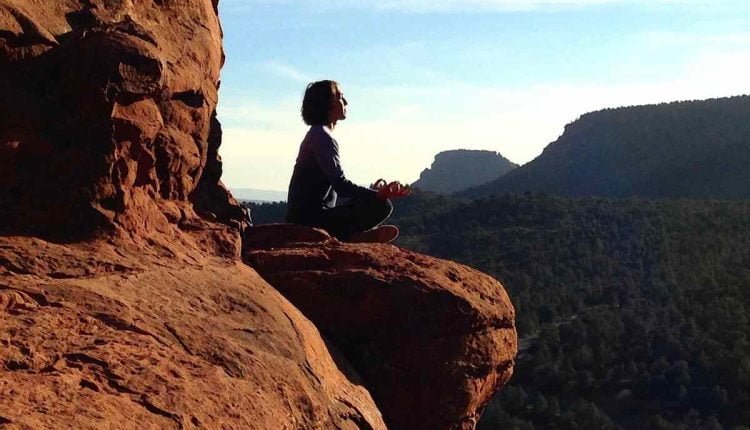The Different Types of Yoga – Finding the Practice That Aligns With Your Needs
Yoga has been around for thousands of years, and it’s not hard to see why: Regular practice helps you calm your mind and body and improve your flexibility. But there are many different yoga styles, and finding the one that suits your needs is key to reaping the benefits of the practice. Find out the best info about The Different Types of Yoga.
Vinyasa yoga is a contemporary yoga style that combines movements with breathwork to create flowing sequences. As you move between poses, your instructor will help you sync your breath with the movement to calm your mind and body. As the name suggests, this class type is a bit more fast-paced than other forms of yoga.
Hatha yoga is an umbrella term for all physical yoga practices but typically refers to classes that offer a gentle introduction to postures. These classes usually include standing and seated poses designed to strengthen the body and increase flexibility. These classes will generally include breathing exercises and props, like blankets, bolsters, chairs, and straps, to help students who have tightness or structural imbalances in their bodies, explains Monal.
Flow yoga is another modern style that uses flowing movements to build strength, flexibility, and endurance. As the name suggests, this type of yoga is a bit more fast-paced than others, and you may need to take a few classes before you feel comfortable with the moves.
Ashtanga yoga is an intense form of yoga that builds strength and endurance. This style of yoga includes a series of postures that are held for more extended periods and is often combined with chanting or meditation.
A more traditional form of yoga, Kripalu is a form of hatha yoga that encourages a deep awareness of your body’s abilities. These classes include gentle stretches, breathing exercises, and long holds of postures to help stretch and strengthen the joints, bones, ligaments, and muscles. As the name suggests, this style of yoga is a mixture of other styles, such as Vinyasa and Hatha.
Iyengar yoga takes its name from the founder of the practice, B. K. S. Iyengar, and is centered on the idea that you will reach a meditative state through precise alignment of your body. This practice is slower-paced than other forms of yoga, and you will often use props to help you find the right pose. This is an excellent option for people looking to build strength and endurance without working up a sweat. This practice will allow you to tap into your parasympathetic nervous system, or “rest and digest” response, helping you relax fully.
Read Also: Physique Composition – Muscle Against Weight Loss Vs Fat Loss


